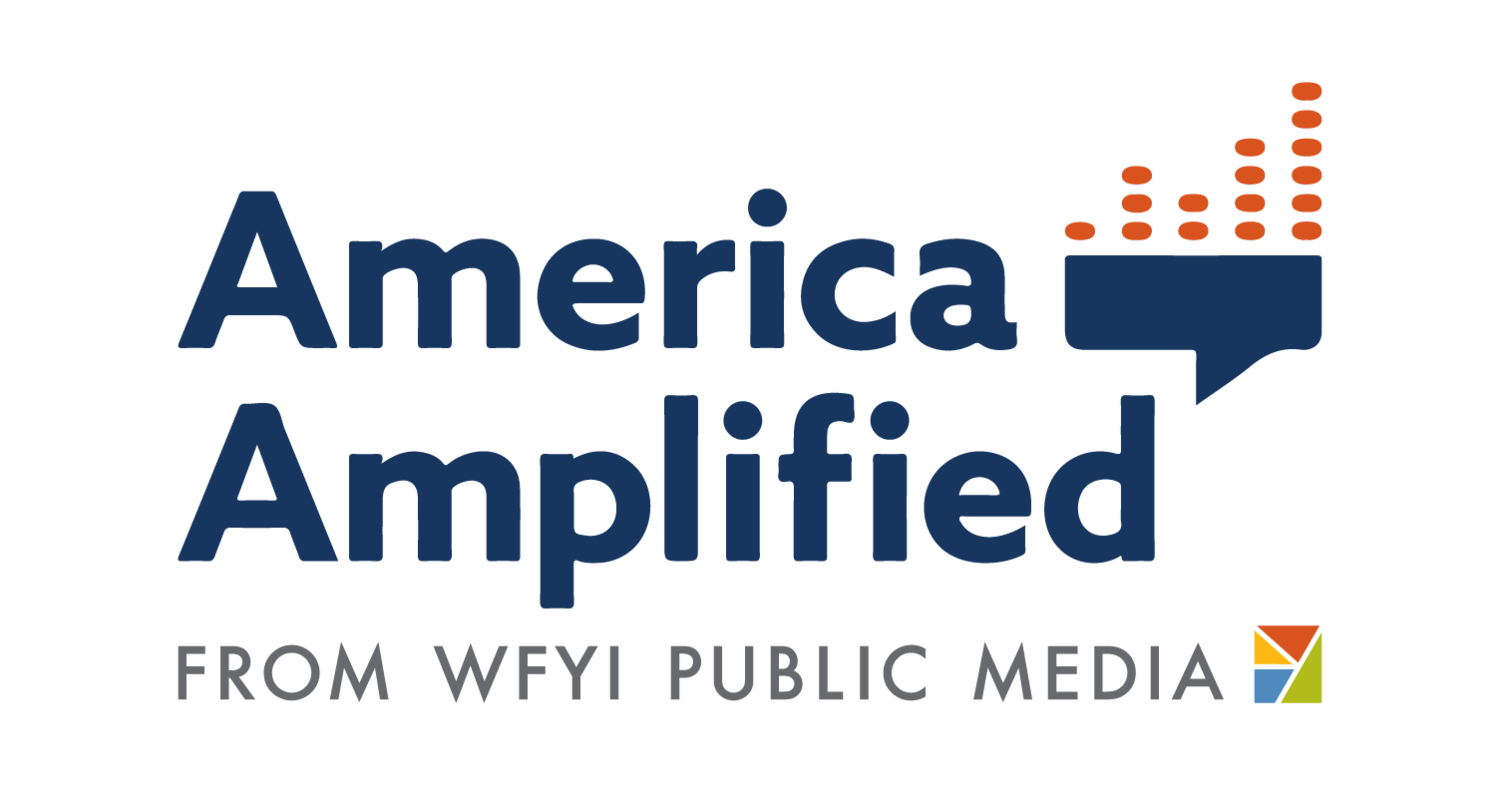A conversation with jesikah maria ross on handling journalism with care
If you ask most journalists if they care about how their work impacts the people around them, they’ll probably say they do. But what does caring look like in practice? jesikah maria ross shares a framework in her new guide, Taking Care: A guide for participatory and trauma-informed journalism, published by the Center for Cooperative Media. Ross is an interdisciplinary artist who has spent the past 30 years working with communities around the globe to identify issues and solutions for the places they live. Most recently, she worked in a public radio newsroom where she developed and established a participatory journalism model. She also acts as a consultant and trainer with America Amplified.
Recently, ross started a new initiative called the News Futures Care Collaboratory. It consists of a working group of 30 journalists and researchers, community organizers, and other people involved in the reporting ecosystem. America Amplified digital engagement manager Chelsea Naughton talked with ross about the new guide.
This interview has been edited for length and clarity.
Chelsea Naughton: I think the title of your guide tells us a lot — Taking Care: A guide for participatory and trauma-informed journalism. But in a nutshell, what is this guide about?
jesikah maria ross: This guide is about bringing a care mindset and care practices into the reporting process so that newsrooms are better equipped to build the kind of relationships that generate connection and trust. In many ways, it’s a very detailed case study of my project [at CapRadio] After the Assault. [The podcast] grapples with the idea of what care is through the lens of a very charged reporting situation, where you're bringing together law enforcement, sexual assault survivors, rape crisis advocates and doctors, all of whom have very different perspectives, but all have a shared desire to improve outcomes.
CN: And what does care mean to you?
jmr: That is an evolving question. Part of why I've been taking up this idea of care is that I'm really fascinated by it and I'm still learning about it. If people ask me "what is care?" I say that it involves being able to hear, understand and recognize another person's needs and feelings. You know, in your own experience, when that's happening and when that's not — there's all sorts of clues. If you ask anyone, "how do you know somebody is caring for you or about you?" They can immediately say a couple of things that the other person is doing. So that's what care means to me.
What I think is important [in the reporting process] is how we center care. Because caring is one thing, but if we center it, if it becomes something that is actually at the forefront of what we're trying to do, it takes the idea of care one step further by really inviting us to look after and provide for the needs of others. One question you can just ask yourself as a journalist, every time you need to make a choice in the reporting process, is "how does this decision, how does what I decide to do show understanding and create support for the people involved?"
CN: Care is a word that gets used a lot — sometimes we have conversations like, "What do you want for dinner? Oh, I don't care." So when you're thinking about care in the context of journalism, does the concept overlap with your concept of care in your personal life? Or do you have a different lens that you're looking at it through?
jmr: I think what you're getting at in that question for me are kind of levels of care — that's why I'm still trying to get my head around this kind of squishy concept and figure out how I can anchor my values and my actions to it. And that's where I want to go with newsrooms. We all have a code of conduct, maybe we need an ethic of care that really helps us figure out what values we hold and how that relates to our work. And then how do we actually enact or practice or be in alignment with that?
Joan Tronto, a political philosopher, came up with this whole idea that you can care about something, you can care for something, and you can care with something. Just hearing that, you might hear the similar conversation that has been running through the journalism world — this idea of reporting about, reporting for, and reporting with. I think there are a lot of parallels. You might care about what's for dinner personally, but that's a step more abstracted than caring for — like, I care for my body or your body. So I'm going to make a decision about what we eat for dinner. But caring with is when we look after the needs and circumstances of other people.
CN: So why was it important for you to do this guide now?
jmr: As long as there are people who are really suffering, as long as there are communities that are hurting and feel harmed, there are going to be problems. The only way to solve those problems, from my experience, is by bringing people who are at the center of those issues into the problem solving process.
That’s where journalism plays a key role because we have infrastructure and amazing storytellers to get information, context and facts. What we just haven't had in the past is really good skill building in how to honestly be kind and caring. Most journalists I know were taught to be skeptical and to have people prove things to them. Journalists are just trying to figure things out. But the way they're trained to figure things out puts people on the defensive. Care practices could just soften that attitude and create more space for people to feel that we actually have their interests at heart and that we will treat them fairly in their stories.
CN: How do you hope people use the guide?
jmr: I hope that people use the guide to reflect on their own approach to journalism. The guide breaks down the reporting into five steps, and at the end of each section there are care practices and more resources. So, if anything else, I would invite people to go to the table of contents and just click to the care practices and just read those and the resources. Experiment and explore to figure out what helps them develop a more mutually supportive process between themselves and their sources that ultimately generates more powerful stories.


